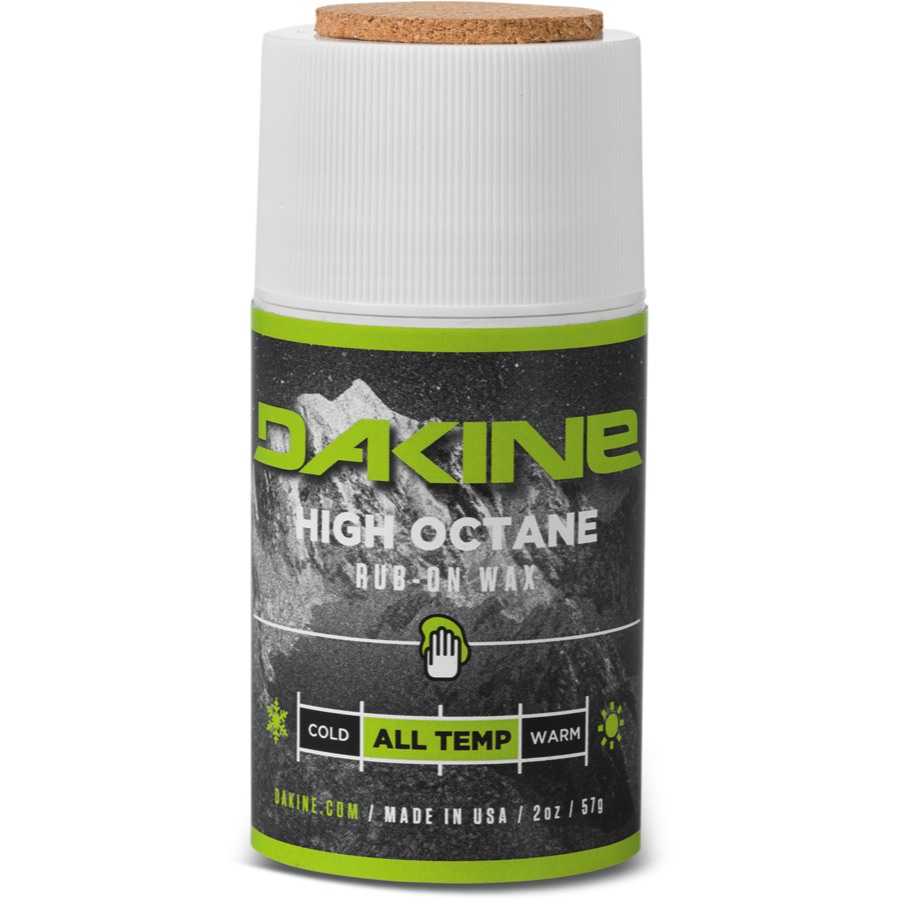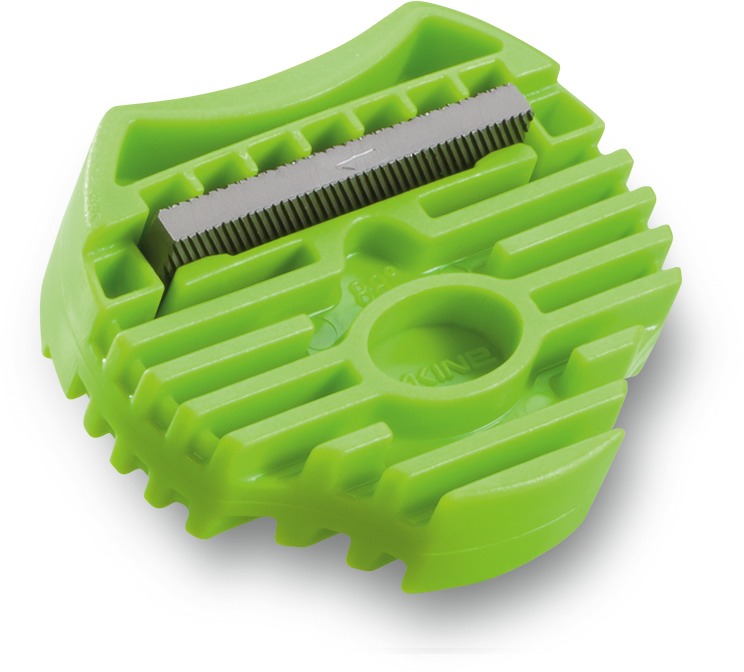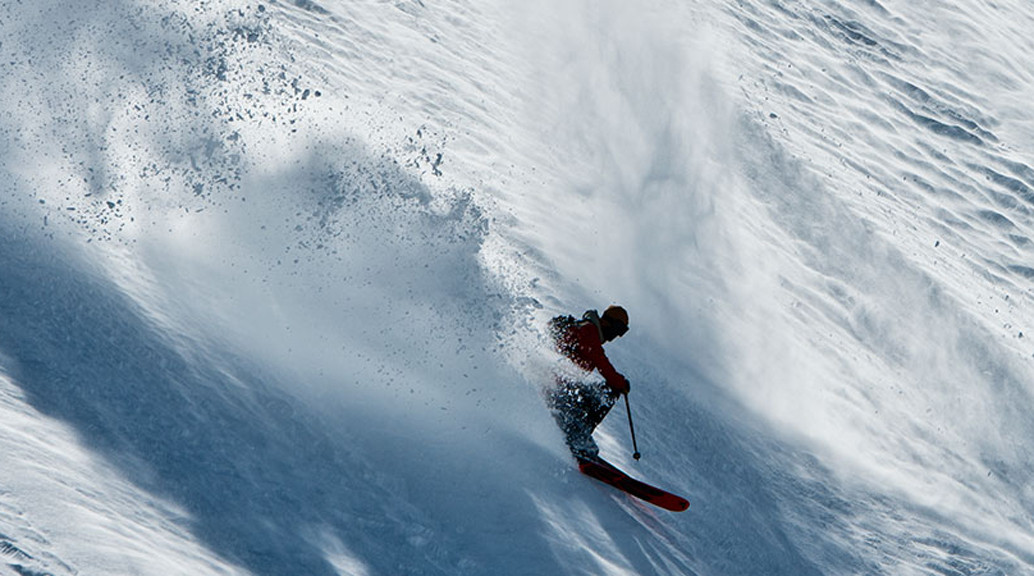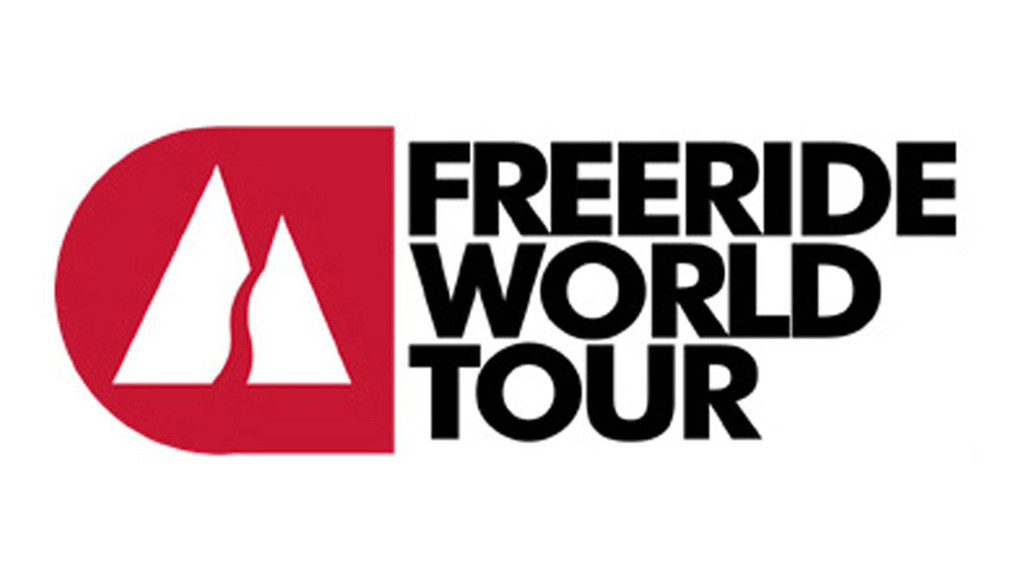So you’ve treated your skis or snowboard to its yearly service, however, you may wish to give them a basic service while you are on your trip. Maintaining your skis or snowboard bases and edges is vital to getting the best out of your gear, so have a read of this guide if you want to keep them in tip-top condition!
(We do not accept any responsibility for any damaged caused whilst following this guide. You should be comfortable in completing the work before starting)
Rub On Wax
If you don’t have access to a waxing iron or the time to use ‘melt on wax’ then a rub on wax is the next best thing, with Dakine doing their own High Octane Rub on Wax! So your gear has had the full works but many melt on waxes only last 3-5 days so to maintain this improved performance all holiday why not use a rub on wax either apply it in your hotel or better yet on the mountain for a workshop with a view.

Generally many rub on waxes are suitable for all temperatures and the process is simple, just rub into the base then buff it out with either a nylon brush or the attached cork on the Dakine applicator. This immediately improves/maintains performance for around one day where the process would then need repeating. All in all this option is simple and so easy anyone no matter your experience can do!
Melt On Wax
Despite modern advances in ski and snowboard base design these still dry and wear out over time and in turn reduce performance! It’s key to wax your gear on a regular basis before, during and after your trip if you really want, with hot (melt on) waxes being the best as it allows the wax to penetrate deeply into the base structure for added durability.
These melt on waxes or ‘glide’ waxes help increase the speed you can ride through creating a thin layer of water between the snow and base with different waxes suited to varying temperatures throughout the winter season and generally last between 3-5 days of normal riding.
Warm Waxes (Dakine Warm Wax suitable above -3oC)
Cold Waxes (Dakine Cold Wax suitable between -15 and -7oC)
All temp Waxes (Suitable for a mix of warm and cold conditions)
To apply this type of wax you will need to get a specific wax iron, plastic scrapper, base cleaner and nylon brush (don’t use your household iron as the holes will become clogged with wax) after treating yourself to this equipment you’re then ready to follow these steps:
1. Firstly retract your binding brakes and position the ski or snowboard in a clamp or 2 high back chairs.
2. Prepare your base for waxing using a base cleaning compound which removes all the old wax and dirt.
3. Rub the wax by hand onto the base like your colouring the base with a crayon (adds another layer of protection against the heat of the iron)
4. Melt the wax on a low temperature (120-140oC) in zig zag movement across the entire length of the ski or snowboard.
5. Then you run the iron over the wax melting it and spreading evenly over the base (ensure you don’t stay in one place as it can damage the base though becoming too hot move 1-2 inches per second)
6. Allow the wax to cool at room temperature for a few hours, overnight if possible.
7. You’re now ready to remove the excess wax, so grab your plastic scraper and use the sharp edge to scrap the wax working from the tip to the tail of the ski or snowboard. (also remove any wax from the edges)
8. You need to make sure you have removed enough wax and to test this scrape the base with your fingernail and if little or no wax comes off your ready for the next step.
9. Then starting with a stiff nylon brush work from tip to tail with medium strokes until you have a shinny glossy look to the base.
10. Finally use a soft nylon brush working from tip to tail to finish the waxing process.
This might sound like a long process but once you have done it a few times it will become second nature and you will get a great sense of achievement of waxing your own gear and over time will save you money!
Edge Tuning
You may have heard of edge tuning amongst your snow sport friends, it’s basically the adjustment of the metal edges that run around your board or ski and has a big impact on how your equipment performs. Up in the mountains the conditions can change day by day so the option of fine tuning your skis or snowboard to suit the conditions appeals to a lot of riders with the following guide giving a basic understanding of the process.

There are two types of edge a base and a side, with the side edge being the one normally adjusted as the base generally stays at 1o as any lower and you will constantly catch an edge when riding. The following side edge degrees show the advantages and disadvantages of varying degrees:
1o (Gives a 90o edge profile and is the strongest combination possible great for a neutral feel for a range of riders but isn’t great on hard pack snow and ice)
2o (Gives an 89o edge profile and will require slightly more tuning over 1o yet is much better on hard packed piste’s giving improved edge grip when carving yet beginners may find this option hard as it requires more lean to engage the edges)
3o (Gives an 88o edge profile which is generally found on high performance Piste skis with this combination offering excellent edge hold on packed snow and ice requiring the user to be much more aggressive to engage the edges)
So once you’ve determined which edge angle is best for you use a high quality edge tuning tool such as the Dakine Mini Edge Tuner. To get the perfect fine tuned edge follow the steps below:
1. Firstly retract your binding brakes and position the ski or snowboard in a clamp or 2 high back chairs.
2. Pull the file towards you working from tip to tail (short overlapping strokes)
3. For beginners you can use a black pen on the edges so you know where you have edged as the metal will go from black to shinny metal.
4. Then polish with a diamond stone blue (coarse) then red (fine) then finish with green (extra fine)
Now you have completed a full wax and edge tune your sure to have a fun filled high performance time on the slopes. For any more details on servicing we offer give the Pro Shop Team a call on 01778 347000 where the experienced staff with be more than happy to help.





